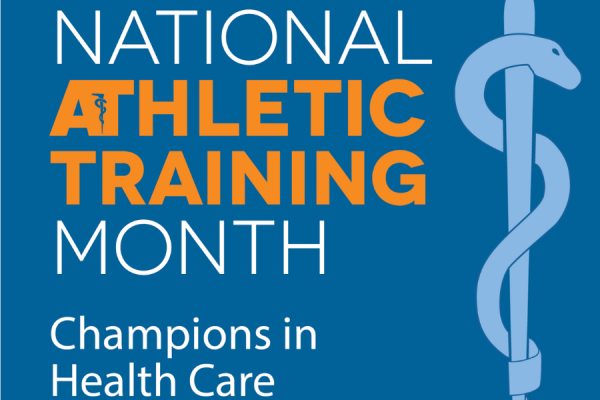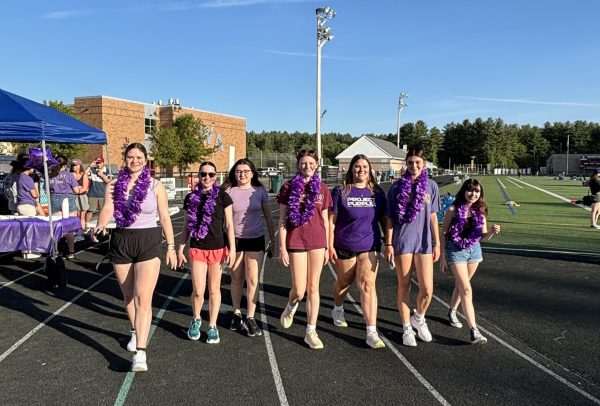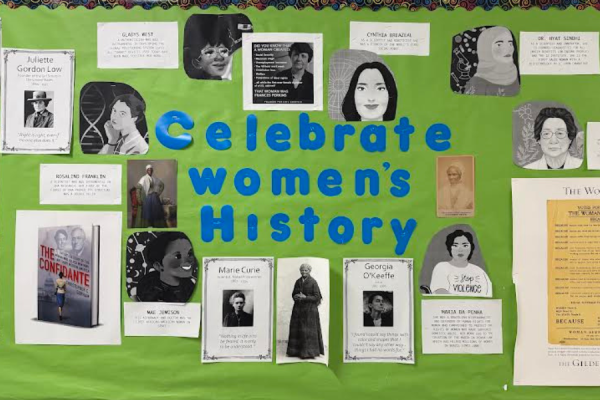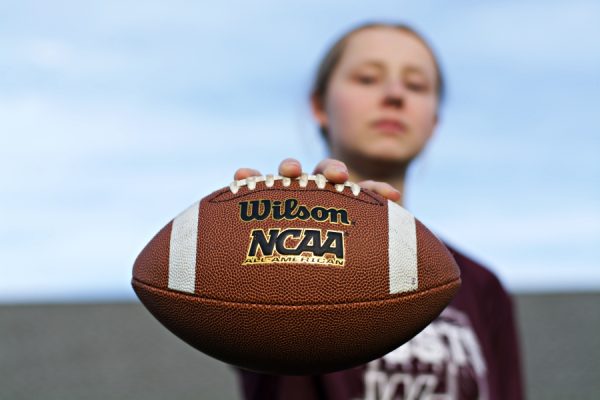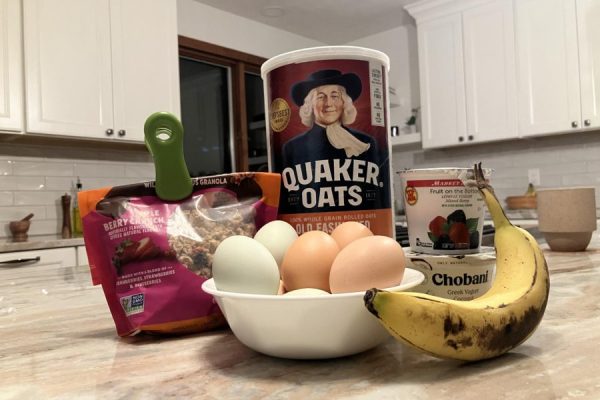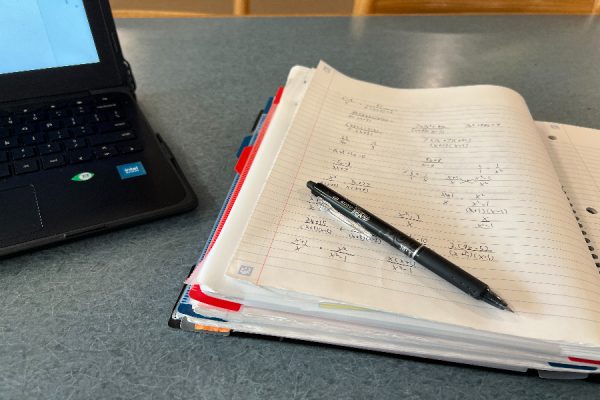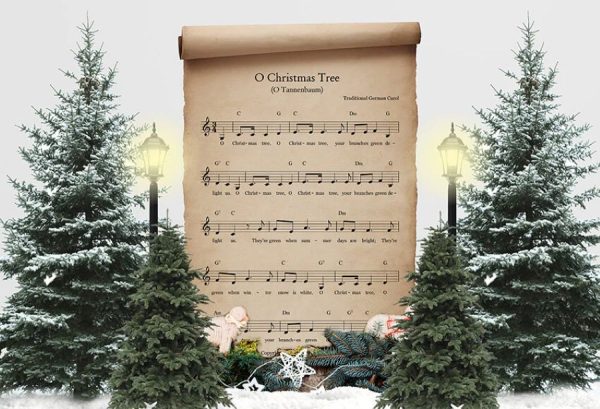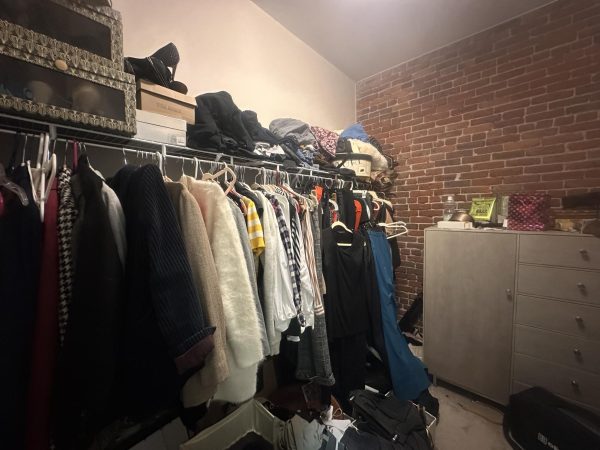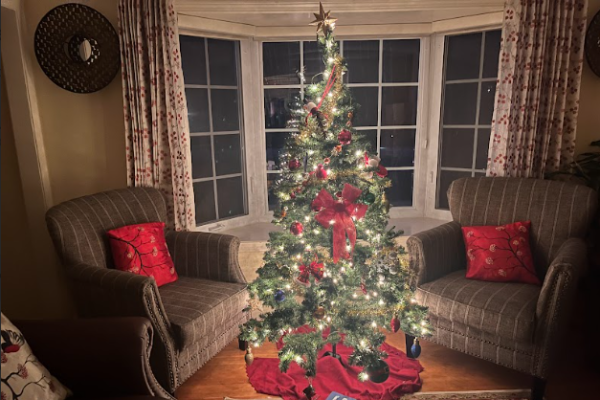LGBTQIA+ terminology explained
A picture of many pride flags. From left to right, row by row: rainbow, lesbian, transgender, bisexual, gay, pansexual, nonbinary, genderfluid, pangender, bigender, asexual, aromantic, demisexual, demiromantic, polysexual, demiboy, demigirl, intersex, greysexual, greyromantic, omnisexual, agender, abrosexual, aceflux, and aroflux.
The LGBTQIA+ community is a diverse one, and there are many people who identify as different sexualities and orientations. As many people begin to come out as LGBTQIA+, it’s essential to know a bit of the basic terminology pertaining to the community. However, there are many identities this listicle cannot cover due to space. Listed below are a few things one should know about LGBTQIA+ people and a relatively small list of terms.
Sexual/Romantic Orientation
Abrosexual/Abroromantic: An orientation where someone’s sexual/romantic orientation is fluid and keeps changing from time to time.
Aceflux/Aroflux: An orientation where someone’s sexual/romantic orientation changes, but usually stays on the ace-spectrum/aro-spectrum.
Allosexual/Alloromantic: Someone who feels sexual/romantic attraction.
Asexual/Aromantic: Someone who does not feel sexual/romantic attraction. This is usually just abbreviated to “a-spec”. People who are a-spec feel differently towards sex and/or romance; someone who is a-spec could be sex/romance repulsed or averse and someone could be indifferent, ambivalent, or even positive towards it.
Bisexual/Biromantic: An orientation where someone of any gender is attracted to people of two or more genders, usually with a preference. While the prefix “bi-” means two, the word “bisexual” does not. Bisexual is an m-spec identity.
Demisexual/Demiromantic: An orientation where one is only attracted to someone once they get to know them better. This is an a-spec identity, and can also be used alongside other terms (such as bisexual, homosexual, etc.)
Gay: Once used to define men who were attracted to other men, this term can now be used by virtually everyone in the LGBTQIA+ community if they choose. Its core meaning is the same as “homosexual”, though.
Greysexual/Greyromantic: An orientation where one feels they are a-spec but have an identity that differs from asexual/aromantic. Someone who is greysexual usually feels sexual attraction very weakly.
Heterosexual/Heteroromantic: An orientation where someone is attracted to people that are opposite to their own gender. This term is usually called “straight”. This is usually not included in the LGBTQIA+ community on its own.
Homosexual/Homoromantic: An orientation where someone is attracted to people who are of the same gender. Gay and lesbian are other terms for this.
Implasexual/Implaromantic: An orientation where one cannot decide on an accurate label due to self-doubt. This label can weakly be included in the a-spec and m-spec categories.
Lesbian: A term for a person who identifies as female who is attracted to other people who are female.
Monosexual/Monoromantic: Someone who is only attracted to one gender. Homosexual and heterosexual fall under this category.
M-Spec: An umbrella term for all orientations which attract to multiple genders.
Omnisexual/Omniromantic: An m-spec orientation where one is attracted to all genders, but not equally
Pansexual/Panromantic: Usually nicknamed “gender blind”, someone who is pansexual is equally attracted to all genders. This is an m-spec identity.
Polysexual/Polyromantic: Another m-spec identity, polysexual is when someone is attracted to multiple, but not always all, genders.
Toric: A gender neutral term that someone who is nonbinary can use; someone who is toric is attracted to men and masc-aligned people.
Trixic: A gender neutral term that someone who is nonbinary can use; someone who is trixic is attracted to women and fem-aligned people.
Gender
Agender: Agender is a gender identity where someone feels as if they are gender neutral or have no gender.
Bigender: Bigender is a gender identity where someone experiences two genders, whatever they might be (not always male and female).
Cisgender: Someone who identifies as the gender they were assigned at birth. This is usually not included in the LGBTQIA+ community on its own.
Cisn’t: The umbrella term for people who don’t identify as the gender they were assigned at birth. This encompasses people who don’t identify with the gender they were assigned but don’t want to identify as trans either.
Demigender/Demigirl/Demiboy: A gender where someone feels connected to a certain gender. Someone who is a demigirl or demiboy feels that they are a girl or a boy, but also connect to being nonbinary.
Genderfluid: A gender identity where someone’s gender fluctuates between two, three, or more genders, whatever they may be. Someone who is genderfluid may have constantly changing pronouns.
Gender Non-Conforming: Someone who does not conform to norms about gender. For example, identifying as male and wearing a dress.
Intersex: Not a gender identity, but someone who is intersex is born with different sex characteristics, and does not fit gender appearance norms. Someone who is intersex can identify as any gender.
Neutrois: A gender identity where one experiences a neutral or null gender. This identity is very similar to agender.
Nonbinary: Any identity which does not fit the gender binary (male and female).
Pangender: A gender identity where one experiences all known genders, whether describable or not.
Transgender: Someone who identifies as a different gender than they were assigned at birth.
Xenogender: A nonbinary gender where someone identifies as a gender not at all related to the societal concepts of “male” or “female”, but rather a gender that relates to things or concepts.
Miscellaneous Terms
AMAB (Assigned Male at Birth): The term for someone who is biologically male.
AFAB (Assigned Female at Birth): The term for someone who is biologically female.
FTM (Female to Male): The term for someone who was assigned female at birth but is trans female to male.
MTF (Male to Female): The term for someone who was assigned male at birth but is trans male to female.
Enby: A term akin to “boy” or “girl” that is gender neutral. This came from the abbreviation, “NB”, from “nonbinary”.
Queer: An umbrella term for the LGBTQIA+ community that is not used by everyone.
Gender Binary: The idea that there are only two genders, and that one’s gender must always correspond to their biological sex.
Dysphoria: A feeling transgender people may experience because of their body, as their actual gender does not correspond to their assigned sex at birth. Dysphoria may cause anxiety and depression.
Questioning: Someone who is questioning their identity.
“In the Closet”: Someone who is “in the closet” is not comfortable with being open about their sexuality, gender, and/or pronouns. Someone who is “out of the closet” has told people about their identity.
QPR: A queerplatonic relationship is a non-romantic relationship that is basically a step above a platonic relationship. This kind of relationship breaks the rules of what would be a “normal” platonic relationship, though the people in the relationship usually draw the rules.
Neopronouns: Pronouns which are used by people who are uncomfortable with the usual he/him, she/her, and they/them. Some examples include ze/zir/zir/zirself, xe/xem/xyr/xemself, ae/aer/aer/aerself, fae/faer/faer/faerself, ey/em/eir/emself, and ve/vir/vis/verself.
Important things to remember:
- Gender does not equal someone’s pronouns or physical expression/appearance (including clothing)
- Gender usually means what people identify as, while biological sex or gender/sex assigned at birth is what someone was born as
- Sexual attraction is different from romantic attraction, and as a result, one’s sexual orientation could be different from their romantic orientation
- All of the m-spec identities are different, though their definitions may be similar in some ways. Someone who is pan isn’t just “bi without a preference”.
- Not everyone in the LGBTQIA+ community uses the umbrella term “queer”, as that was used as a slur in the past
- Do not “out” someone (spread information about their identity) without permission, as this can be very damaging to a person’s health
Some resources:



